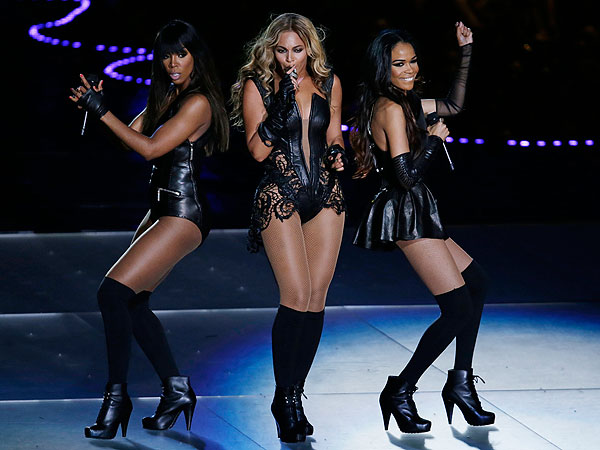
Reuters
Bulgaria's Burgas airport on July 18 after an explosion on a bus carrying Israeli tourists outside the airport.
SOFIA, Bulgaria — The clues to a fatal bomb attack on Israeli vacationers in Bulgaria included a charred tour bus, a decapitated head and a fake driver’s license.
With help from the United States and Israel, investigators here broke the case — and linked it to Hezbollah — using a tip from a secret source and a some old-fashioned detective work, tracing the printer that had produced two forged licenses back to Lebanon.
On Tuesday, Bulgaria’s interior minister, Tsvetan Tsvetanov, announced that two of the people behind the July 18 bombing, which killed five Israeli tourists, a Bulgarian bus driver and the bomber, were believed to be members of the military wing of Hezbollah.
Though investigators did not release names, they identified two of the plotters as a man with an Australian passport, believed to be the bombmaker, and a man with a Canadian passport, both of whom lived in Lebanon.
“We have followed their entire activities in Australia and Canada, so we have information about financing and their membership in Hezbollah,” Mr. Tsvetanov said at a news conference.
Hezbollah has denied responsibility for the bombing.
The announcement could force the European Union to reconsider designating the Lebanon-based group as a terrorist organization and cracking down on its fund-raising. That would upend Europe’s policy of quiet tolerance of the group, which, in addition to operating schools and social services, is an influential force in Middle East politics, considers Israel an enemy and has extensive links with Iran.
Mr. Tsvetanov did not mention Iran, but the Israeli prime minister, Benjamin Netanyahu, said in a statement on Tuesday, “This is yet a further corroboration of what we have already known, that Hezbollah and its Iranian patrons are orchestrating a worldwide campaign of terror that is spanning countries and continents.”
The United States, too, urged the European Union to condemn Hezbollah. John O. Brennan, President Obama’s chief counterterrorism adviser and his nominee to run the C.I.A., responded in a statement Tuesday: “We call on our European partners as well as other members of the international community to take proactive action to uncover Hezbollah’s infrastructure and disrupt the group’s financing schemes and operational networks in order to prevent future attacks.”
But countries including France and Germany have been wary of taking that step, which could force confrontations with large numbers of Hezbollah supporters living within their borders.
Catherine Ashton, the European Union’s high representative for foreign policy, responded with caution. “The implications of the investigation need to be assessed seriously as they relate to a terrorist attack on E.U. soil, which resulted in the killing and injury of innocent civilians,” she said in a statement.
Secretary of State John Kerry called Ms. Ashton to discuss the danger presented by Hezbollah, among other issues, including his statement on Tuesday urging governments around the world, particularly in Europe, “to take immediate action to crack down on Hezbollah.” Asked if Mr. Kerry had pressed the European Union to blacklist Hezbollah, Victoria Nuland, a State Department spokeswoman, said Ms. Ashton “knows where we want to go.”
New details continued to emerge about the bombing, which analysts have called an episode in a shadow war pitting Israel against Iran and Hezbollah. Israel is believed to be behind the killings of Iranian nuclear scientists. Operatives of the Iranian Quds Force, an elite international operations unit within the Islamic Revolutionary Guards Corps, in turn were blamed in plots against Israeli targets in Thailand, India, Georgia and elsewhere.
Amin Hotait, a retired general in the Lebanese Army who is close to Hezbollah, said the Bulgarian decision “lacks unequivocal evidence.”
“The party doesn’t usually retaliate against Israeli attacks by killing civilians,” Mr. Hotait said. “This decision is political in nature, since Bulgaria is not an independent country, but politically dependent on the West.”
After the attack, Mr. Netanyahu immediately blamed Hezbollah and Iran. United States officials privately supported that view, based on intercepted communications.
Bulgarian officials, wary about jumping to conclusions and concerned about alienating European Union allies, needed more proof before they would determine that the attack had been the work of Hezbollah.
Indeed, Mr. Tsvetanov chose his words carefully on Tuesday, leaving room for uncertainty. “A reasonable assumption, I repeat a reasonable assumption, can be made that the two of them were members of the militant wing of Hezbollah,” he said.












